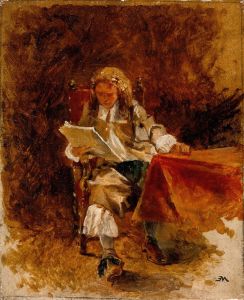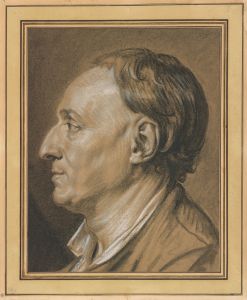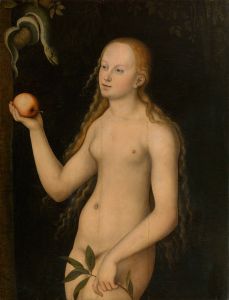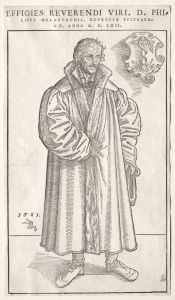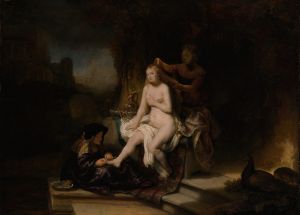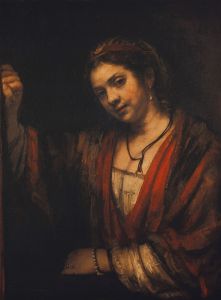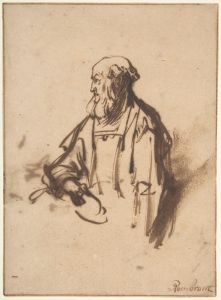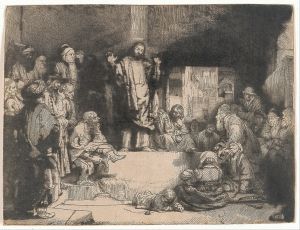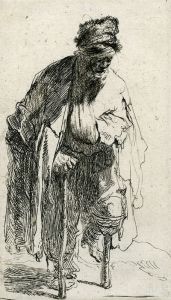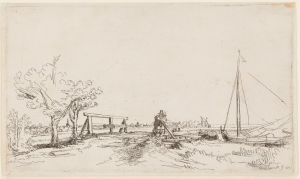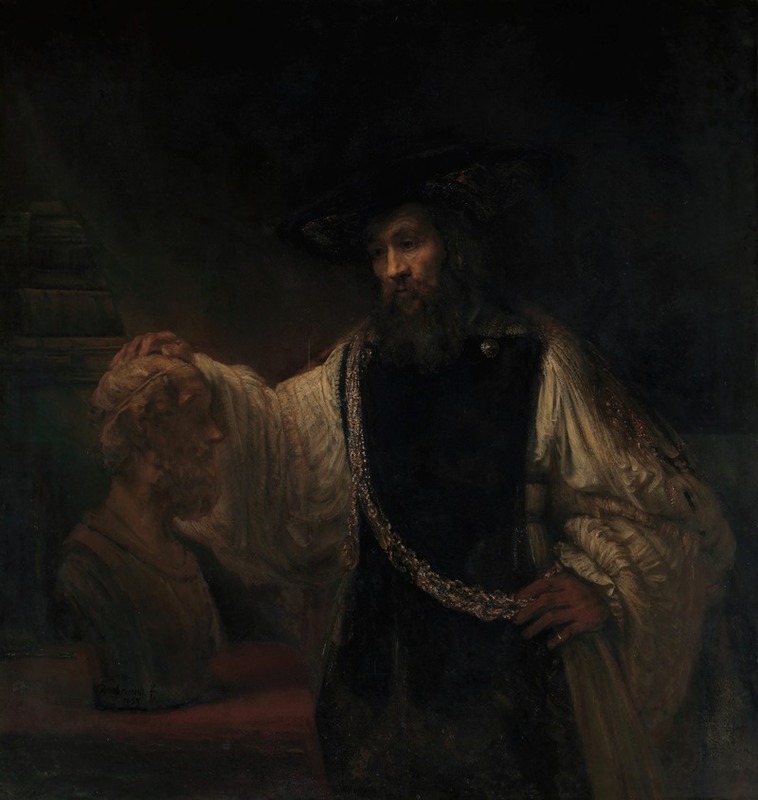
Aristotle with a Bust of Homer
A hand-painted replica of Rembrandt van Rijn’s masterpiece Aristotle with a Bust of Homer, meticulously crafted by professional artists to capture the true essence of the original. Each piece is created with museum-quality canvas and rare mineral pigments, carefully painted by experienced artists with delicate brushstrokes and rich, layered colors to perfectly recreate the texture of the original artwork. Unlike machine-printed reproductions, this hand-painted version brings the painting to life, infused with the artist’s emotions and skill in every stroke. Whether for personal collection or home decoration, it instantly elevates the artistic atmosphere of any space.
"Aristotle with a Bust of Homer" is a renowned painting by the Dutch artist Rembrandt van Rijn, completed in 1653. This work is a prime example of Rembrandt's mature style, characterized by its profound psychological depth, masterful use of light and shadow, and rich, textured brushwork. The painting is housed in the Metropolitan Museum of Art in New York City, where it has been a significant part of their collection since 1961.
The painting depicts the ancient Greek philosopher Aristotle, who is shown contemplating a bust of the epic poet Homer. Aristotle is dressed in lavish, anachronistic attire, including a gold chain and medallion, which are believed to have been a gift from his pupil, Alexander the Great. This attire contrasts with the simplicity of the bust of Homer, who is traditionally considered blind and is depicted with closed eyes. The juxtaposition of these two figures invites viewers to ponder themes of knowledge, fame, and the nature of true wisdom.
Rembrandt's use of chiaroscuro, the dramatic contrast between light and dark, is particularly effective in this painting. The light falls predominantly on Aristotle's face and the bust of Homer, drawing attention to the philosopher's contemplative expression and the serene visage of the poet. This technique not only highlights the emotional intensity of the scene but also underscores the philosophical themes inherent in the work.
The painting was commissioned by Don Antonio Ruffo, a Sicilian nobleman and art collector. Ruffo's patronage was instrumental in allowing Rembrandt to explore such complex themes and produce works of significant emotional and intellectual depth. "Aristotle with a Bust of Homer" is often interpreted as a meditation on the nature of greatness and the relationship between the material and the intellectual worlds.
Rembrandt's portrayal of Aristotle is notable for its introspective quality. The philosopher's gaze is directed downward, suggesting a moment of deep reflection. This introspection is further emphasized by the tactile quality of the painting, with Rembrandt's thick application of paint adding a sense of immediacy and presence to the work. The texture of the paint on Aristotle's robe and the bust of Homer enhances the realism of the scene, inviting viewers to engage with the painting on both a visual and intellectual level.
"Aristotle with a Bust of Homer" is widely regarded as one of Rembrandt's masterpieces, exemplifying his ability to convey complex human emotions and philosophical ideas through the medium of paint. The painting continues to be a subject of scholarly interest and public admiration, reflecting Rembrandt's enduring legacy as one of the greatest artists of the Dutch Golden Age.







